There is probably not a single person who is not familiar with gauze fabric. Gauze is a thin, translucent and almost weightless fabric. It is usually called medical, but despite this name, it has become established in everyday life, enjoying great popularity. And all because it does not cause allergic reactions and is 100% cotton. This material will tell you in more detail what gauze is, what it looks like, what are its areas of application and how it is produced, as well as how gauze differs from a bandage.
Features of gauze production
Gauze production can be sterile or non-sterile. The difference is that one type is sterilized for medical use, while the other is not.
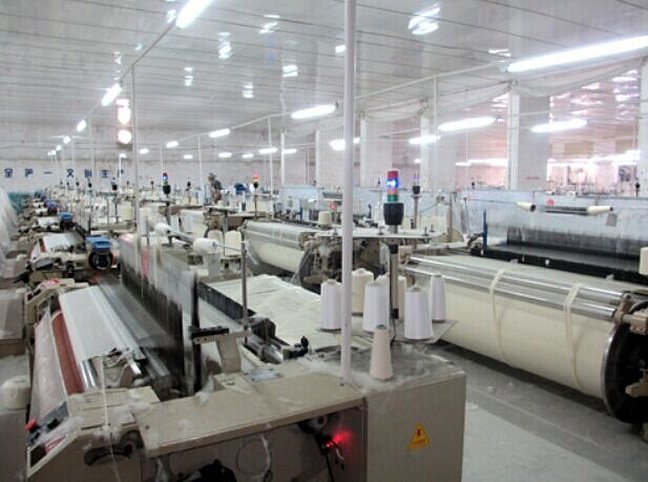
In general, the manufacturing process is almost identical and consists of the following steps:
- Receiving finished yarn;
- Warping yarn onto warping shafts;
- Weaving of fabric on a special loom;
- Rewinding the fabric into rolls and preparing it for bleaching;
- Bleaching of the canvas;
- Spinning after bleaching;
- Drying the canvas;
- Rewinding;
- Gauze in rolls is cut to length on a cutting machine;
- Cut to width;
- Rolls are packed in parchment paper for sterilization;
- Packed in a polyethylene shell;
- Collection of pre-packaged packages.
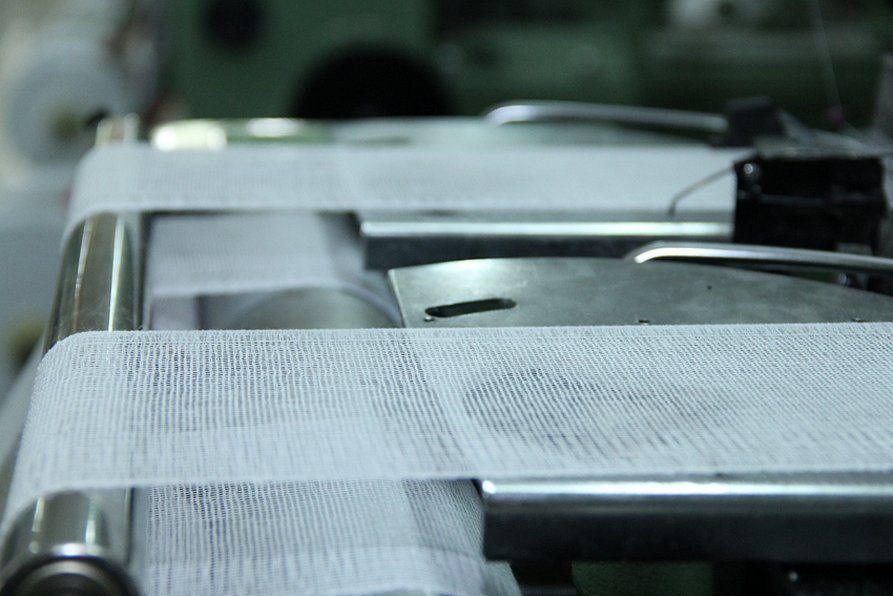
Sterilization is a special process of destroying all types of microorganisms and their spores from the surface of an object.
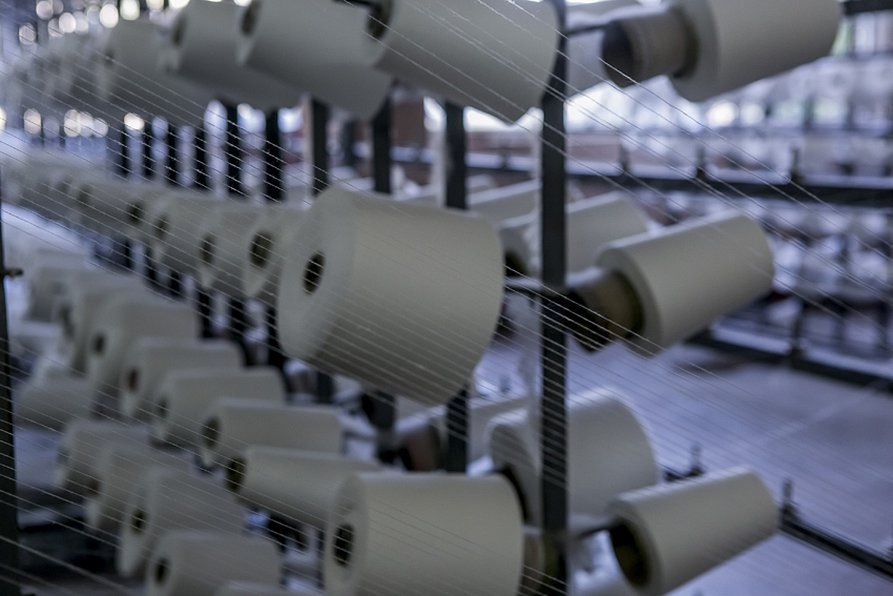
Several types of gauze sterilization are used in production:
- Steam, the most common. In this case, the material is kept in an autoclave at high pressure and a temperature of 120 degrees, after which it is dried;
- Dry, when the material is treated with dry hot air at a temperature of up to 200 degrees;
- Glass bead, in which the fabric is sterilized surrounded by heated glass balls;
- Infrared;
- Gas;
- Liquid;
- Plasma;
- Ionizing.
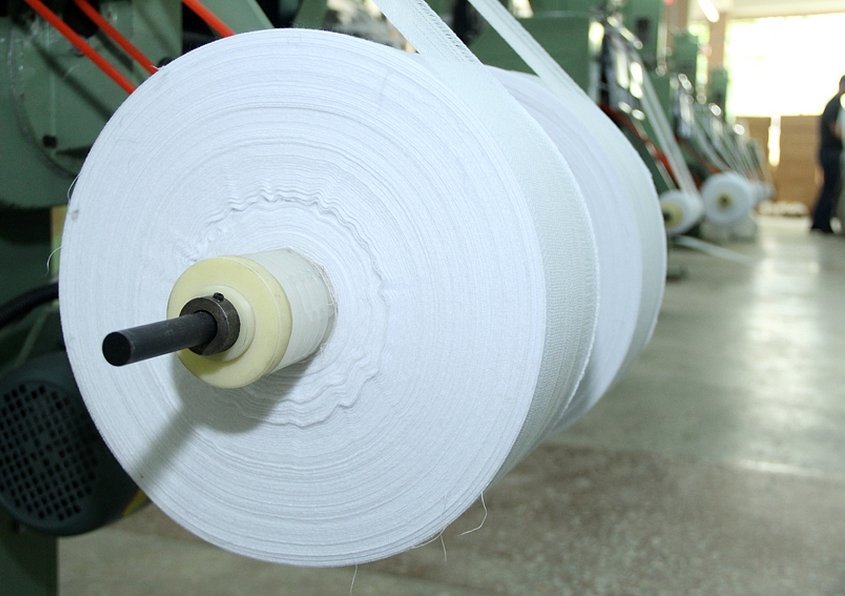
Important! Gauze sterilization is performed depending on its future use and is performed at the penultimate stage. Sterile gauze is made for sale in pharmacies along with other medicines.
Types, properties and characteristics
It may seem that soft fabric is used only in medicine, but this is not so. It has many household uses, just like bandages or cotton wool.
There are several types of gauze. Today you can buy:
- Printing;
- Medical: woven and non-woven;
- Sewing.
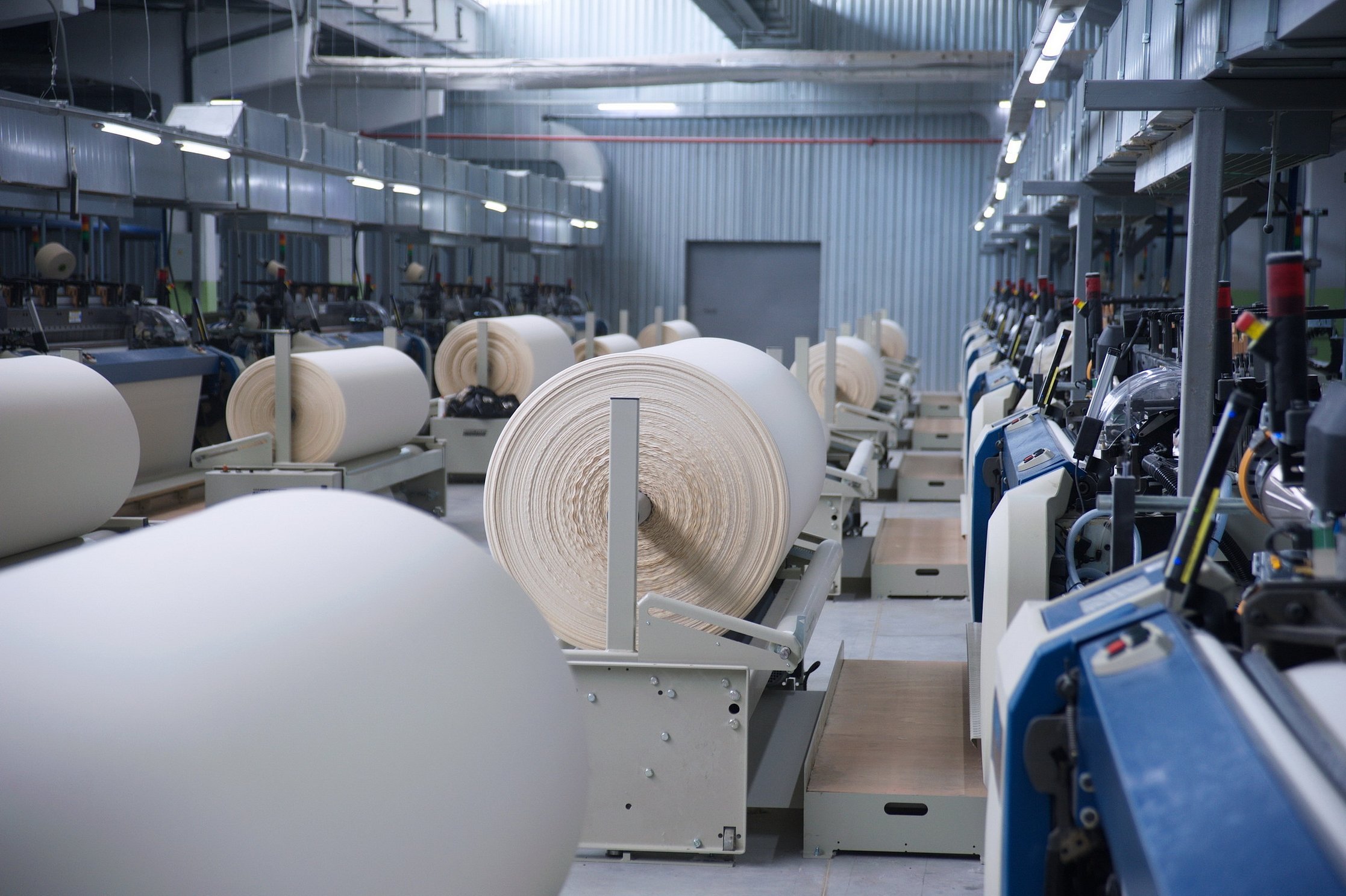
Printing gauze is used for stitching books and is made from harsh plain weave yarn. The material is additionally starched to give it even greater rigidity.
Genuine and high-quality medical fabric should be dense. This property dictates its use for wound dressing. It quickly absorbs moisture from the wound after treatment and prevents infection due to the presence of special agents and sterilization. Good material will not tear and crumble into pieces and threads, as this can lead to infection and inflammation of the wound.

Sewing gauze, or muslin, is used as a lining for hats, skirts, hems and other items. It is sometimes used to glue geographic maps.
Moreover, this fabric is divided into several types:
- Bleached;
- Harsh;
- Painted.
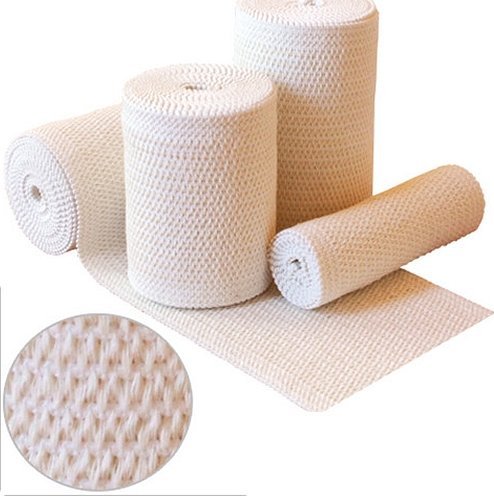
The names speak for themselves. Raw fabric is characterized by coarseness and rigidity, it is more yellow. Bleached gauze is soaked in a special composition and looks more presentable than the rest, which allows it to be used as a lining for additional painting.
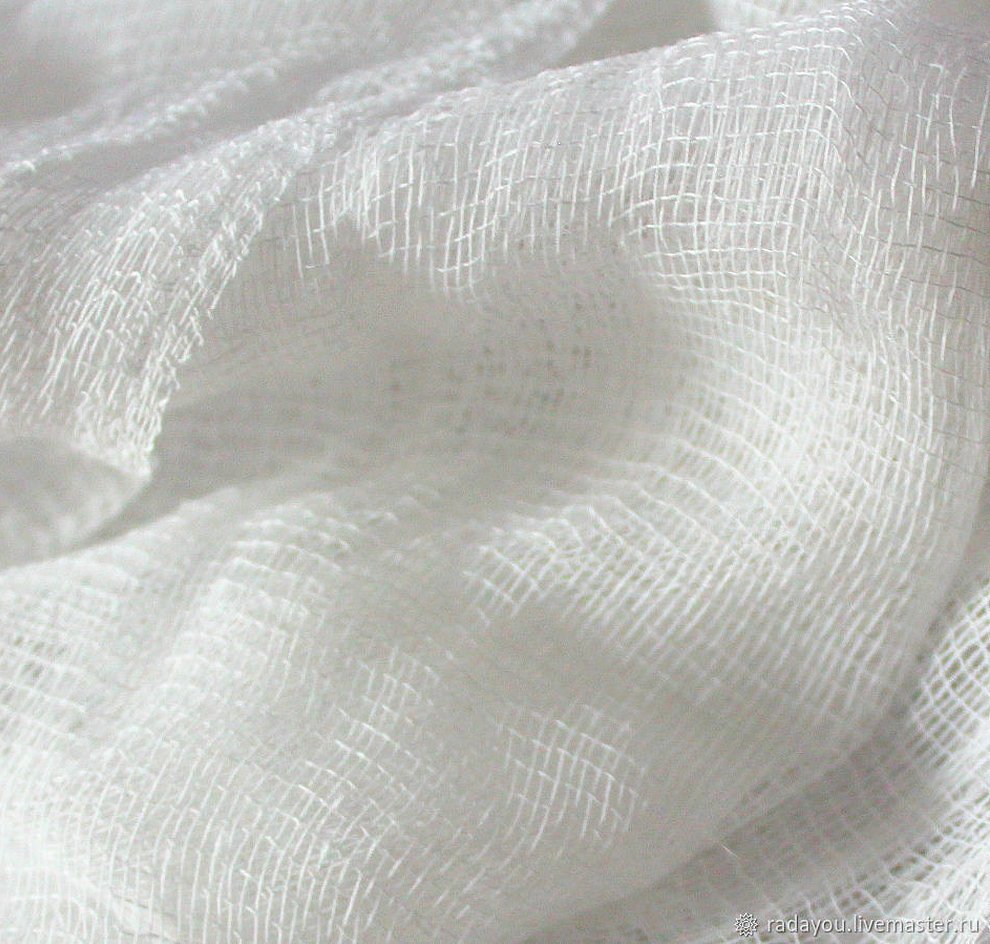
The characteristics of the canvas are determined by the production standard and include:
- Wettability. The fabric should be wetted with a value of 10c. The ability to absorb moisture is the main consumer property of the material, which determines its use in medicine, everyday life, laboratories, and production;
- Tensile strength. This parameter should be equal to H-76. No less important parameter, determining the use of napkins, pads and bandages made of gauze for a long time and the absence of their rapid wear;
- Whiteness. The value of this parameter should be at least 80%. Whitening is achieved chemically. For use in medicine and surgery, it is important that whitening is not carried out on the basis of chlorine, otherwise it can lead to irritation, inflammation and allergy of the surface layer of the skin and the wound if it gets into it.

Important! Other characteristics defined by standards include uniform distribution of fibers in the fabric, absence of defects and breaks, and equal width along the entire length. These regulations are not strict and vary, assuming values “from…to”. GOST allows for changes in these values when concluding an agreement between the manufacturer and the consumer who needs a specific material with certain parameters.
Gauze, the manufacturer of which adheres to GOST, looks neat and high-quality.
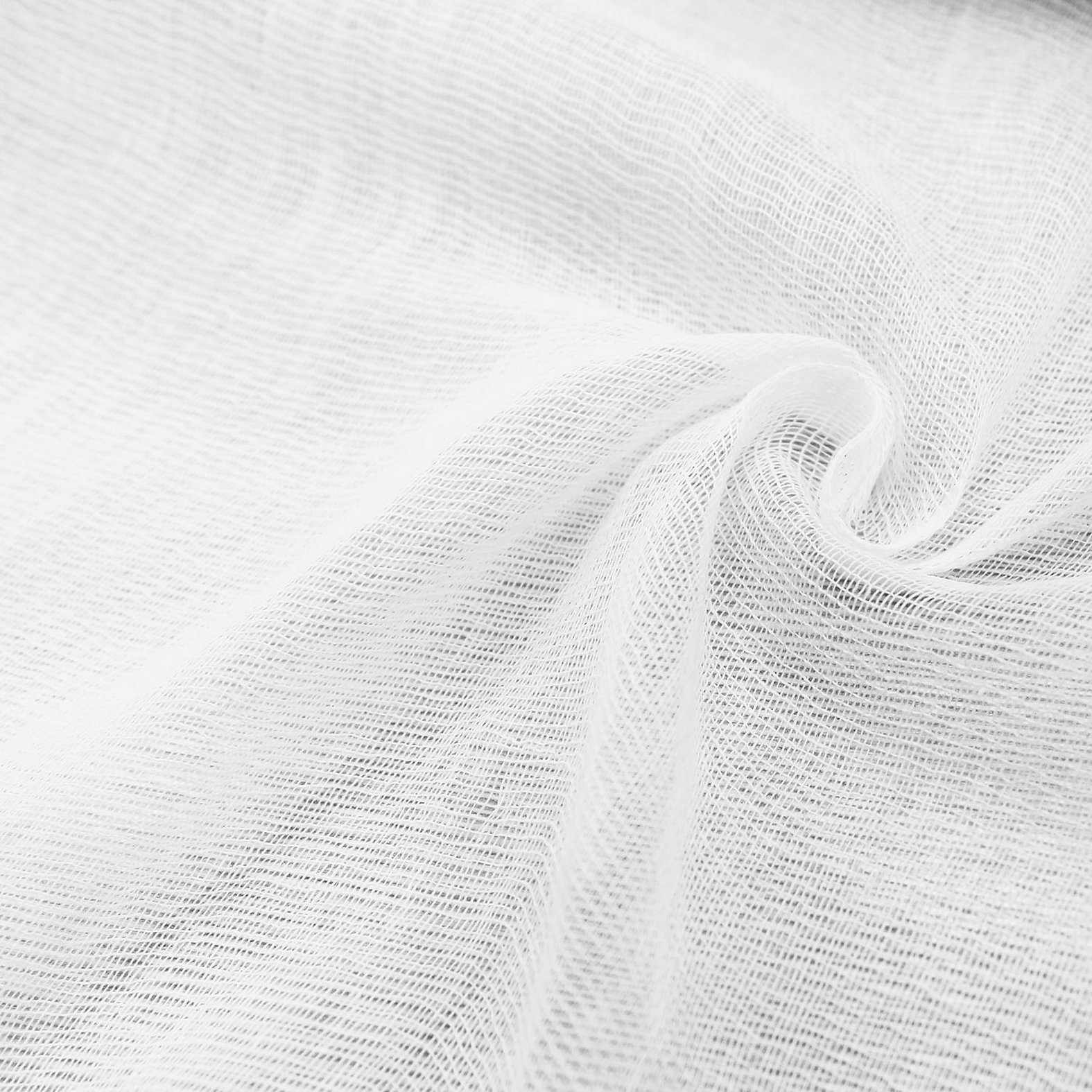
Application areas
The material has become firmly established in everyday life and is now used not only in medicine, but also in other areas of life. In addition to medicine, the most popular household uses of gauze are:
- Construction;
- Ironing;
- Wallow.

In medicine
Gauze is used in medicine regardless of the type of institution and its profile. It is used to make bandages, compresses and sew dressings that are used in surgeries, dental procedures, simple examinations. The composition of medical gauze does not differ from other types, except that it can be impregnated with a solution of carbolic acid, which improves antiseptic properties. In addition, such gauze looks more presentable because it is bleached.
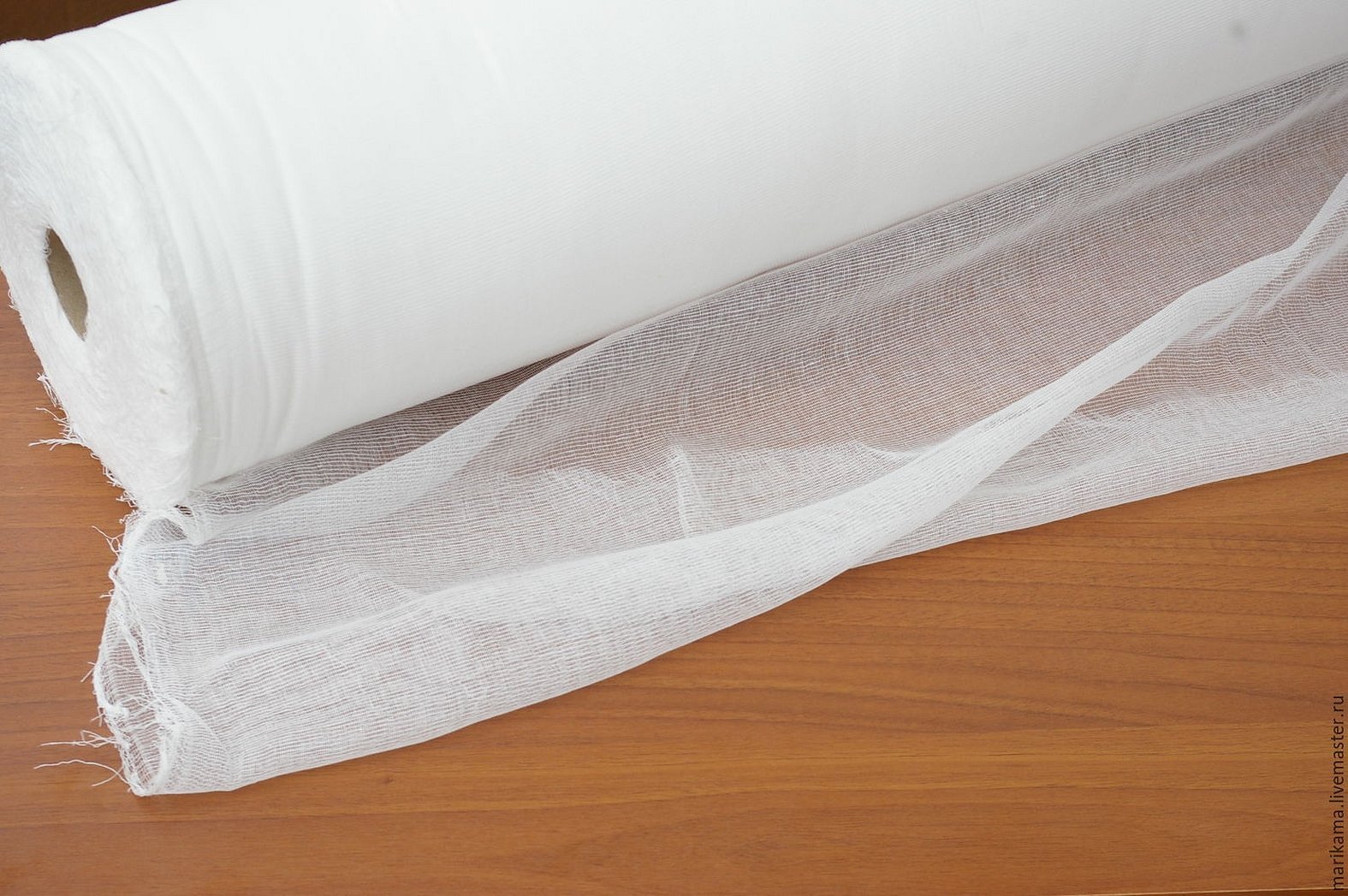
In construction
Another type is construction gauze, which is usually non-sterile. It is used to create a reinforcing layer in polymer building materials, as well as a tape for seams. It can be used for small-scale restoration work. Some people do not know what construction gauze is called, and the answer is serpyanka.
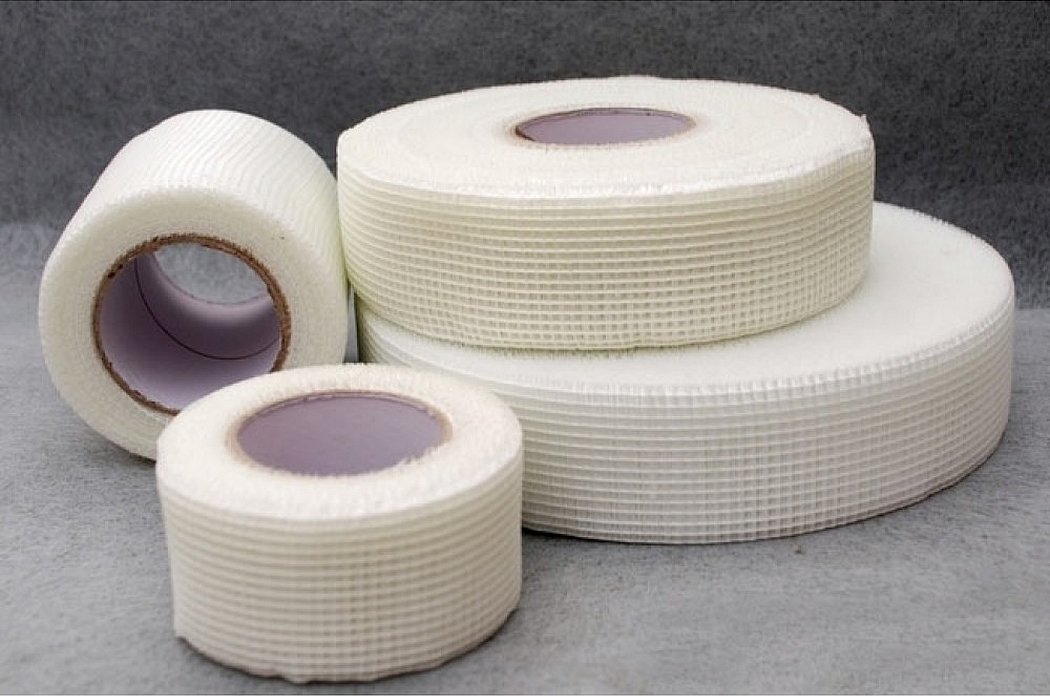
For ironing
Gauze is also used for ironing other fabrics. This is done so that they are smoothed out better and do not stick to the iron. This is applicable to wool due to the cauterization of its pile in some ironing modes. Gauze helps the fabric not to become shiny and steam better. This often happens when using older irons.

In felting
Gauze and cotton wool, like silk, are used in wool felting. This is a very ancient technique, known in Rus'. Felting techniques allow you to create beautiful accessories, decorative elements and even clothing. The felting process involves combining two materials. In this case, gauze and wool.
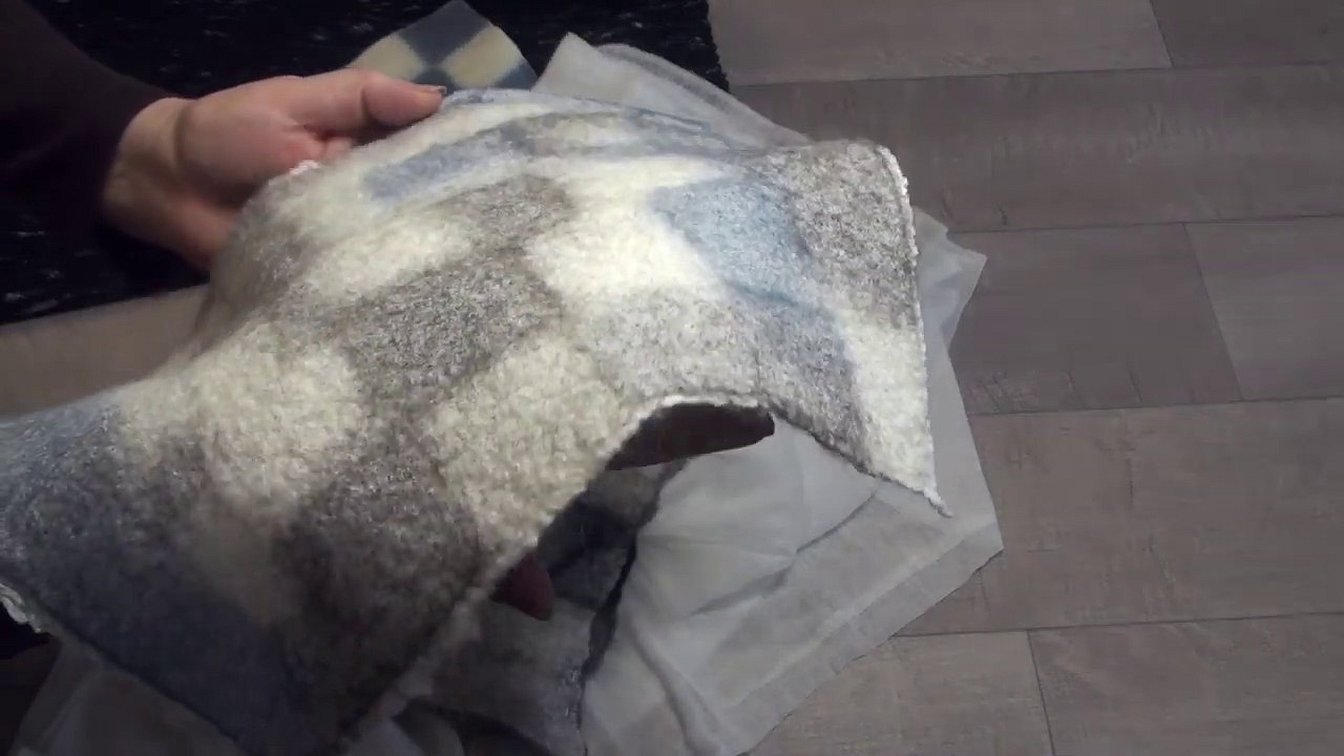
Important! Gauze, soap solution and unspun wool are used for handicrafts. It is moistened and felted. The product is pressed and rolled so that the wool gets better into the main fabric.
For diapers
There is some controversy about the use of gauze in diapers. Some people think it is unsuitable for use near delicate baby skin.
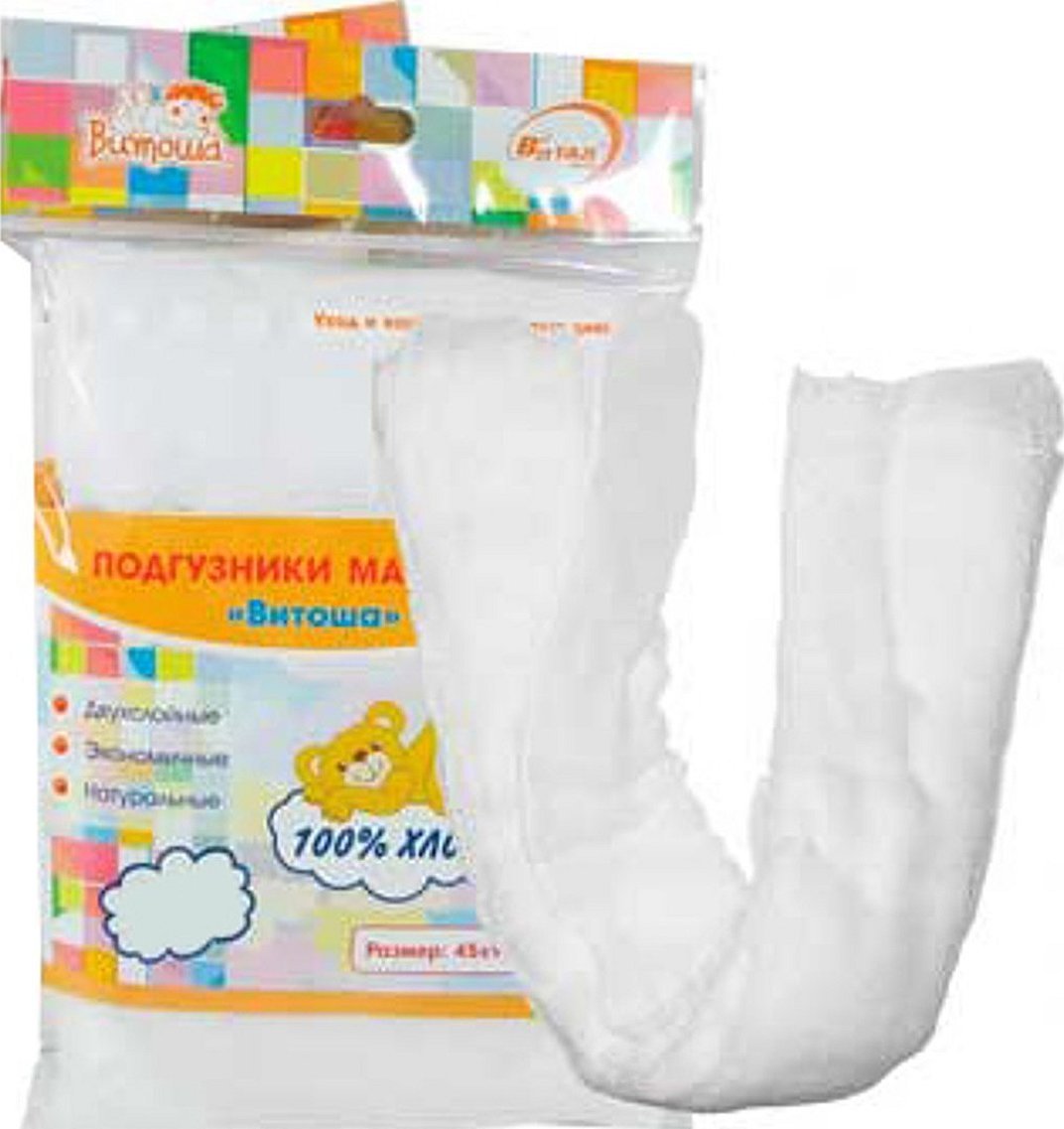
Important! Gauze diapers and nappies were used when there were no diapers at all or there was a shortage of them in the USSR. People used old bed linen and gauze bandages to make their own diapers
Today they are almost never used due to the widespread use of high-quality and highly absorbent diapers of popular brands. However, they also have their advantages, which include saving money, multiple use by washing and airing the baby's skin, which is explained by the properties of the material.

Differences from a bandage
Many people are interested in the question: what is the difference between gauze and a bandage. A bandage is the same gauze fabric, rolled into rolls and sterilized. Almost all bandages are made of gauze, but the latter is suitable not only for their production.
When used in medicine, gauze is applied to the wound with liniment, and the bandage, as a rule, serves as a holding element and is wound on top.
Important! There are also bandages without gauze, for example, elastic and pain-relieving ones, which are used to support stretched ligaments and for local anesthesia.
Gauze fabric also differs from bandages in its physical characteristics, including:
- width;
- length;
- weave density;
- the presence of an impregnating composition.
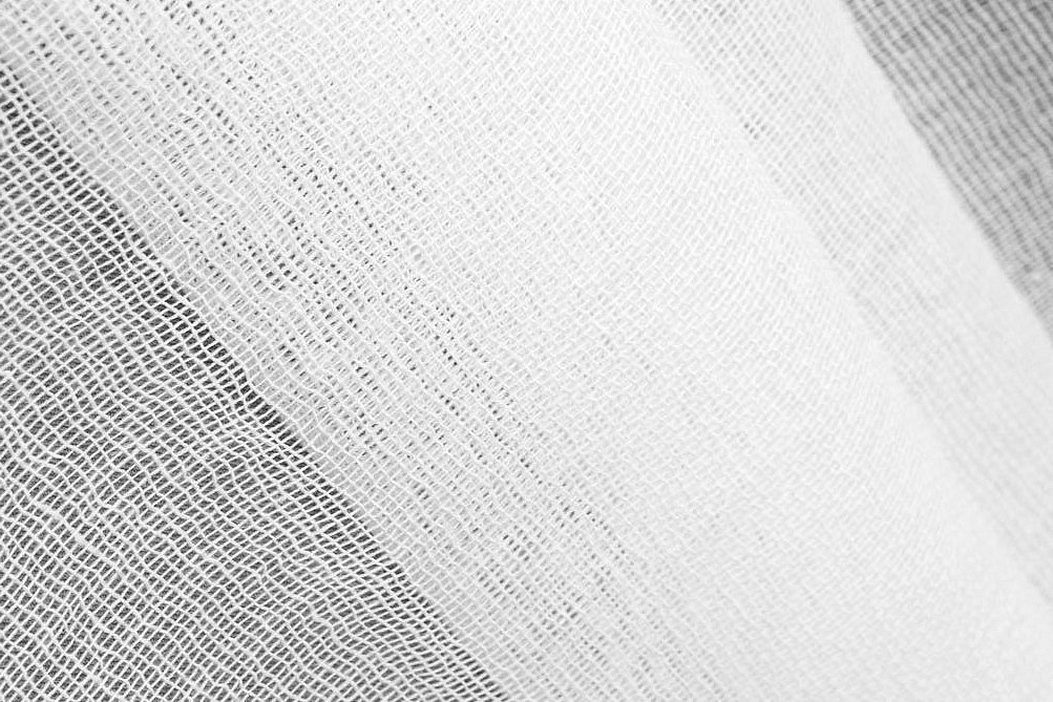
Thus, gauze fabric was and is used not only in medicine, but also in many other areas, including everyday life. All this is possible due to its properties, environmental friendliness, safety and absorbency.




